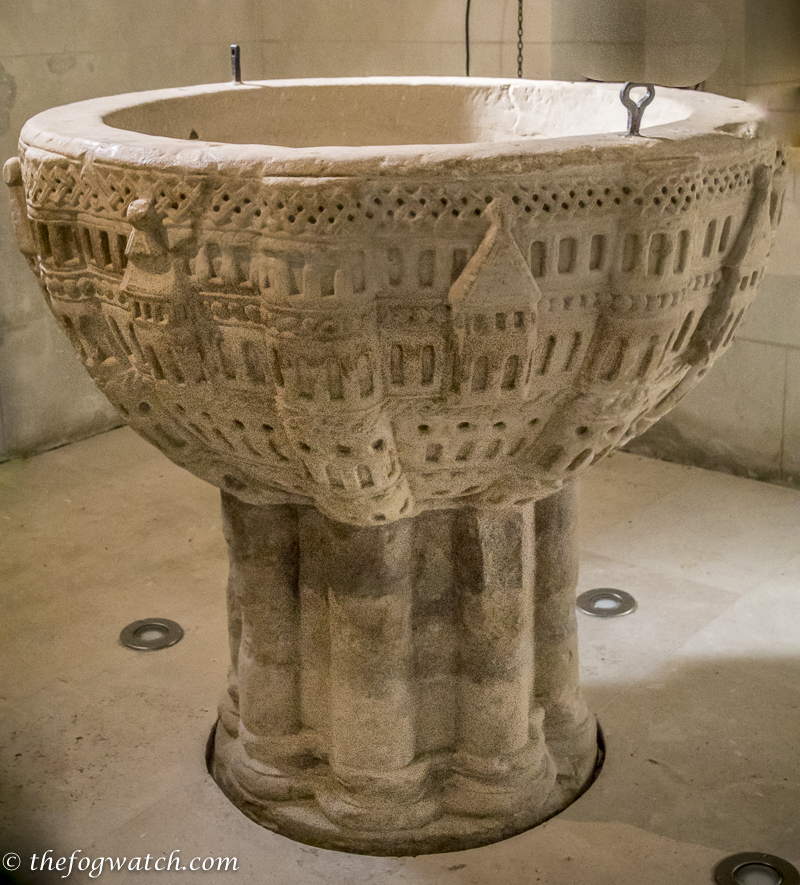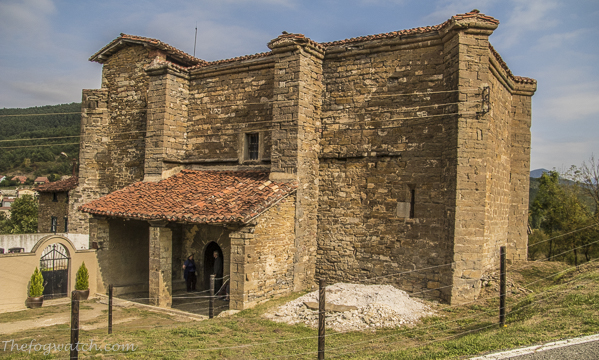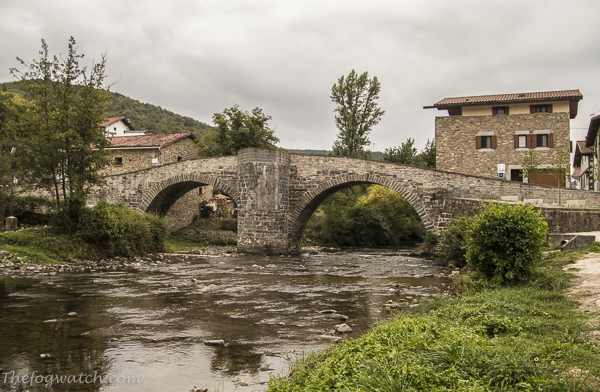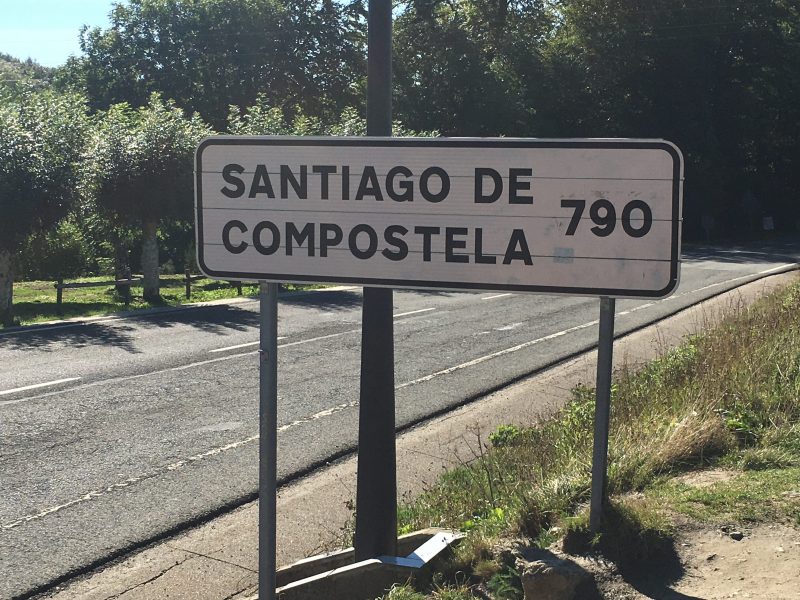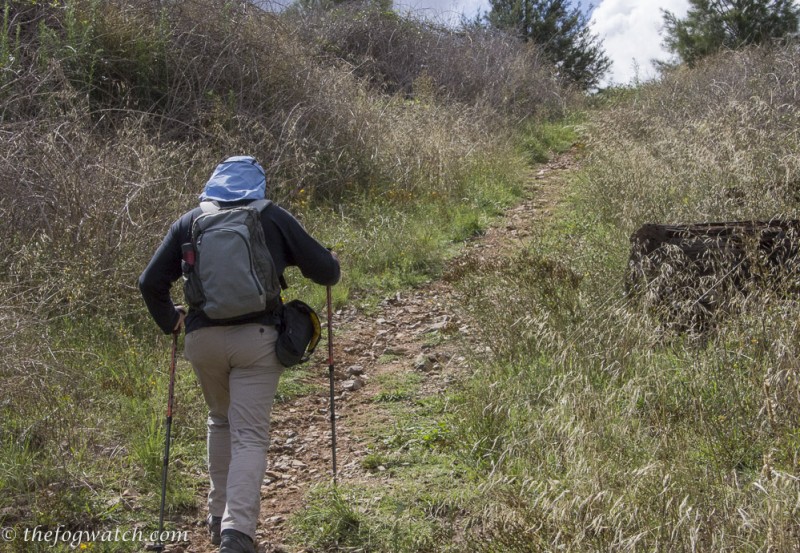On to Villamayor del Rio – and some thoughts on the Camino
The air was thick, stuffy and heavy with humanity as I woke around 0230am. 26 bunks, all full, and only two small windows slightly ajar. There was no air movement. I forced myself to settle in a bid to conform to the 07.00am rule. Several people snored, making for quite …

